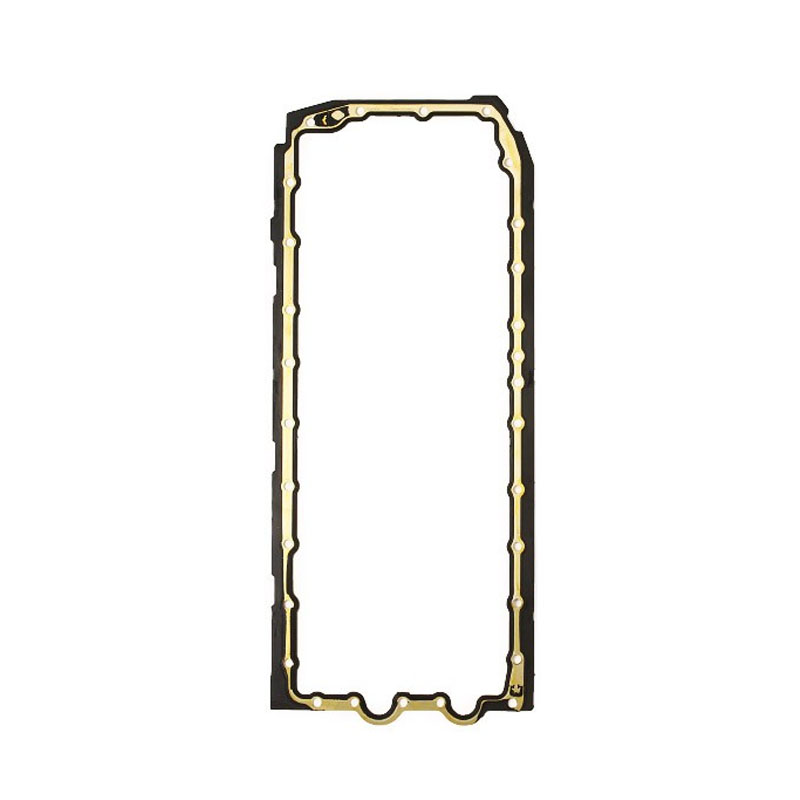Creating a seal for the transfer case input for improved performance and reliability.

transfer case input seal. Once the old seal is removed, the new seal can be installed and the transfer case can be reassembled. Regular maintenance and inspections of the transfer case input seal can help to prolong its lifespan and prevent potential issues down the road. Checking the gear oil levels and looking for any signs of leaks can help to catch problems early and avoid more extensive damage. Additionally, ensuring that the transfer case is properly lubricated with the correct type of gear oil can help to prevent premature wear on the input seal and other components. In conclusion, the transfer case input seal plays a vital role in the proper functioning of the drivetrain system in a vehicle. Keeping an eye on the condition of the input seal and addressing any issues promptly can help to prevent costly repairs and ensure the continued performance of the vehicle. By staying proactive with maintenance and inspections, drivers can enjoy a smooth and trouble-free driving experience.
-
The Ultimate Guide to Boat Propeller Bearings and Trailer Wheel Bearings
News Jul.31,2025
-
The Essential Guide to Marine Bearings and Boat Trailer Wheel Bearings
News Jul.31,2025
-
The Complete Guide to Heavy Duty Seals: Protecting Doors and Spaces Efficiently
News Jul.31,2025
-
Essential Guide to Marine Shaft Bearings and Boat Trailer Axle Bearings
News Jul.31,2025
-
Comprehensive Guide to Marine and Trailer Bearings for Safe Boating and Transport
News Jul.31,2025
-
Comprehensive Guide to Automotive Oil Seals: Protecting Your Engine and Shafts
News Jul.31,2025
-
Understanding Automotive Oil Seals: Essential Components for Engine and Shaft Protection
News Jul.30,2025
Products categories















